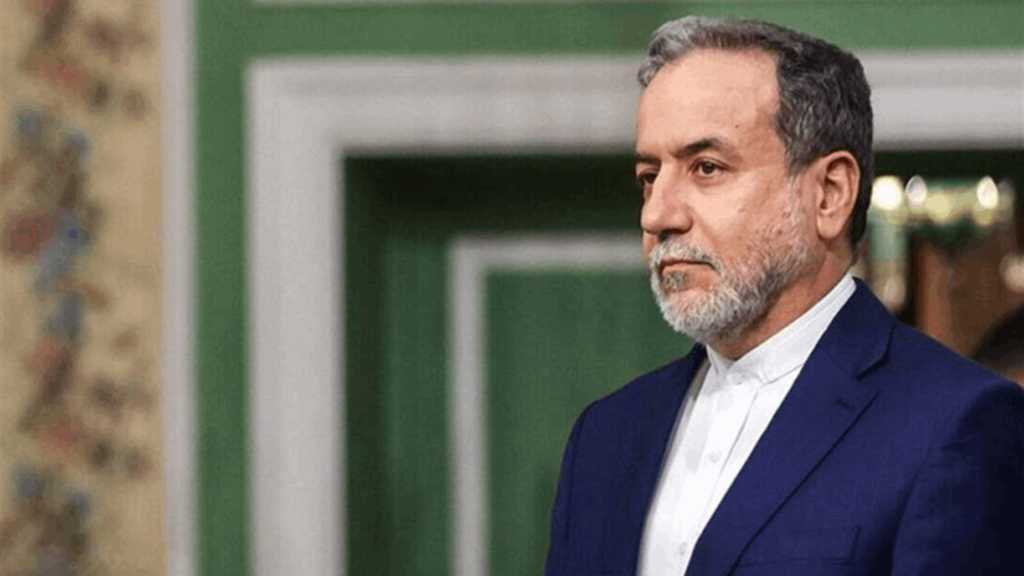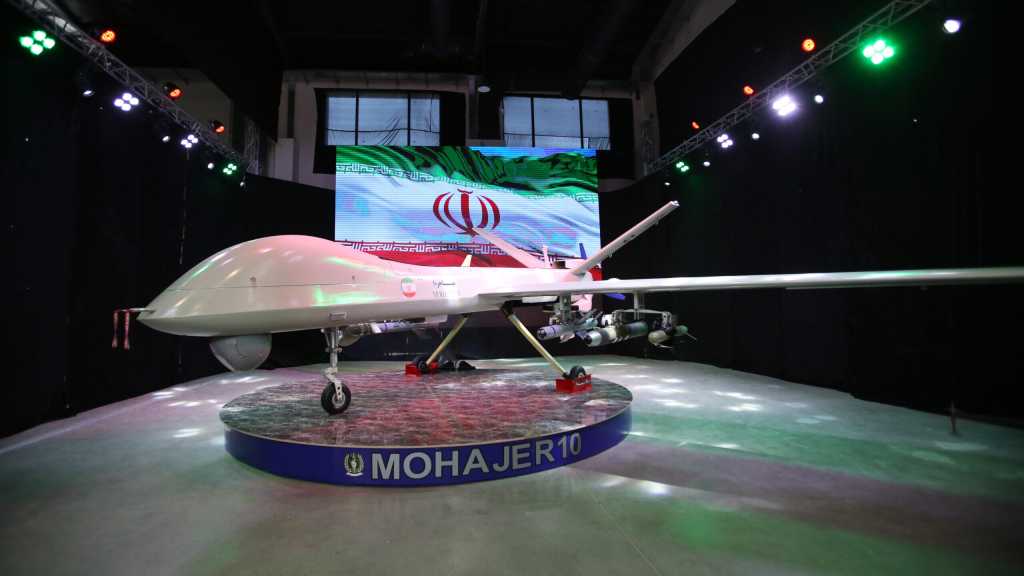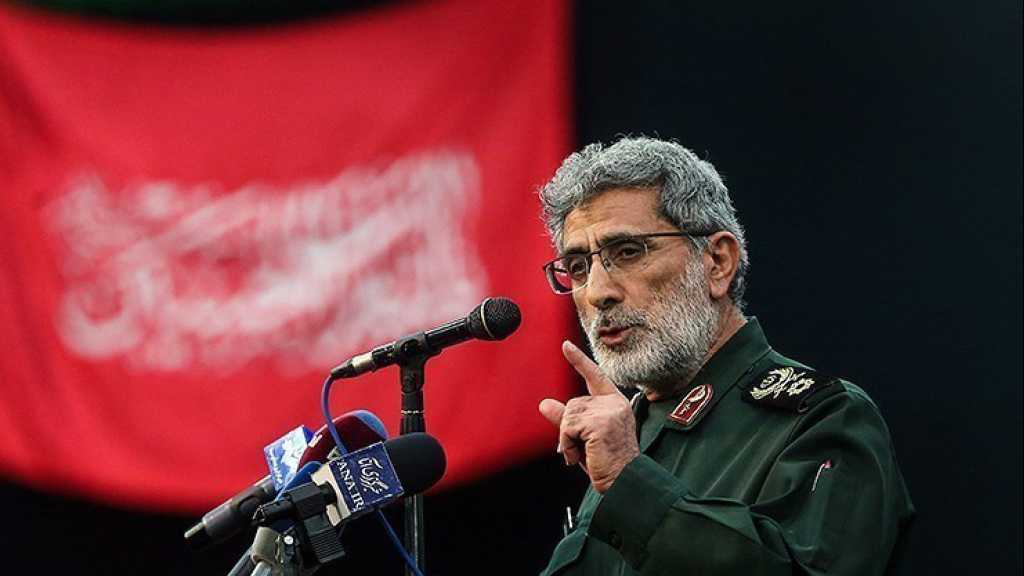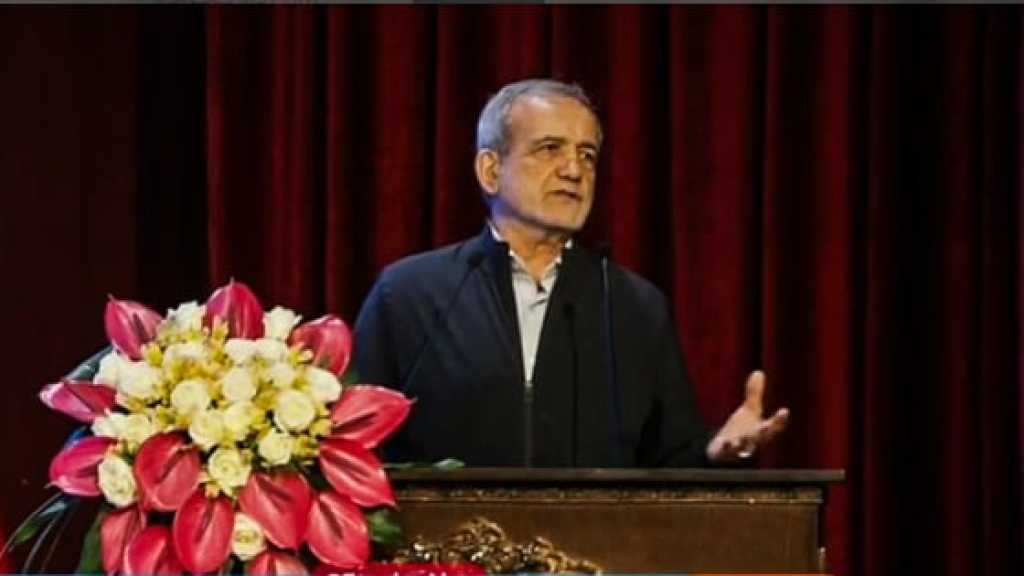
Unprecedented Achievements Mark the 31st Anniversary of Islamic Revolution

Almanar.com.lb, 11-02-2010
By Batoul Wehbe
Thursday February 11, 2010 coincides with the 31st anniversary of the Islamic Revolution in Iran, led by late Ayatollah Ruhollah Khomeini.
The victory of the Islamic Revolution in 1979, besides being a glorious milestone in the history of Iran, had emerged from about a century of a nation's struggle for freedom and independence.
Imam Khomeini fought oppression for the people of Iran who suffered hardship under the tyranny of the Shah. He fought the oppression of the black people of South Africa against apartheid. He fought the oppression of the Palestinians who until now are still under "Israeli" occupation and to some extent Arab collusion.
His successor Ayatollah Sayyed Ali Khamenei became the Supreme leader of Iran continuing Imam Khomeini's path after his death in 1989. Imam Khamenei has played the same prudent role in leading the Islamic Revolution, which changed regional and global equations and continues to impact world developments, and ensure the progress of the Islamic Republic in all fields.
The Islamic republic over the past 31 years had faced many obstacles but was able to overcome them. Since the victory of the Islamic Revolution, prevention of Iran's progress and development has topped the US and Western allies' agenda aiming at undermining if not bringing down the Islamic Republic. The imposed war on Iran (1980-1988 Iran-Iraq war) and threats of war (by "Israel" and the US), economic sanctions, and the world powers' ceaseless anti-Iran propaganda have marked the three decades of the revolutionist Islamic Republic.
"Israeli" and Western plots included attacking the country's peaceful nuclear program as well as the other scientific, technological and defense achievements of the Iranian nation. But given the course of events through a 30-year period, everything seems to be turning to the best interests of the Islamic Republic and the true face of hypocrisy is being put to shame.
The Islamic Republic of Iran is determined to safeguard the dignity and the power of the Islamic Revolution and the prowess of the Iranian people. Through 31 years after the revolution, Iran has made several crowning achievements in various fields thus preserving its place among the most advanced nations. Despite sanctions, the Islamic Republic has succeeded in becoming self-sufficient in the areas of nuclear technology, defense industries, medicine, space, and agriculture, and the country has turned into a model for other Islamic states.
Iran's pageant of technological advance has in the last few weeks included a satellite launch, missile trials, test-flying a new 'stealth' aircraft and the unveiling of a domestically produced electric car - all to show the world that sanctions have done nothing to dampen Iranian creativity.
IN MEDECINE AND NUCLEAR TECHNOLOGIES
April 8 has been designated as the National Day of Nuclear Technology in honor of the great achievement made on this day. Nuclear technology is extensively used in medicine, industry, agriculture, geology, mines and many other areas.
While in the hectic years following the Revolution, the bulk of surgical operations were performed by Indian and Pakistani physicians, but not for long. Iranian doctors took matters into their own hands and today not only they perform all medical operations in the country, but they also save the lives of patients referred to them from neighboring, and sometimes poor countries.
Iran's contribution to medicine and science include achievements in the fields of cancer treatment, eye diseases (Glaucoma detection), new techniques to generate functional endothelial blood vessel cells from human embryonic and pluripotent stem cells, transplant, cloning, organs reparation and artificial organs (including artificial liver and corneal contact lenses), and drugs (including Immuno-Modulator Drug (IMOD)- the first herbal drug effective in treating AIDS particularly those with a CD4 below 350, induced Pluripotent Stem Cells (iPSC))
The Islamic republic had informed the United Nations' nuclear watchdog that it intended to launch construction of 10 new nuclear-fuel plants in the Persian calendar year starting March 2010 and begin producing 20%-enriched uranium to provide fuel for a Tehran medical reactor (Tehran University Medical Research Reactor). The Islamic republic needs the enriched uranium from its current 3.5 percent to meet the demands of the country's cancer patients.
SPACE PROGRAM
During the 10 days of dawn (a term used in the holy Qoran), Iran announced in January 2010, it successfully launched a domestically manufactured satellite-carrier rocket. The Kavoshgar 3 (Explorer 3), carried one rodent, two turtles, and several worms into space and returned them to Earth alive. The 10-foot-long research rocket can also transfer electronic data and live footage back to Earth.
In addition, three new domestically manufactured satellites, the Tolou (Sunrise), the Mesbah 2 (Lantern 2), and the Navid (Promising Sign) as well as a new satellite-carrier engine, the Simorgh 3, were unveiled during Thursday's ceremony marking the revolution's 31st anniversary.
DEFENSE ACHIEVEMENTS
Iran's Air Force has made great achievements in the production of smart ammunition and long-range missiles. Iran has developed a new system to distract ballistic missiles which can prevent missiles from hitting their targets.
Two new missile production plants were opened. The plants will produce a ground-to-air missile dubbed Qaem (after the 12th Imam of Prophet Mohammed's offspring peace be upon them) and a surface-to-surface missile dubbed Toofan 5 (Flood 5). The Qaem is designed to target helicopters at low and medium altitudes.
Iran also announced, on the 8th of February, that it is manufacturing a home-built air defense missile system that would be better than the Russian S-300, which has been ordered by Tehran but yet to be delivered by Moscow.
In the meantime, Iran successfully tested the prototype of its first domestically-built stealth drone. The drone, called Sofreh Mahi (Manta Ray), due to its physical attributes and the material used in its body, cannot be detected by any radar.
Also, two production lines for the manufacture of "advanced" unmanned aircraft or drones were opened. The drones would be able to carry out surveillance, detection and even assaults with high precision.
Earlier, Iran developed a special weapon that can bring down Apache helicopters and target advanced tanks. This new weapon will put an end to the battlefield supremacy of the United States' Apache helicopters.
In December, Iran said it test-fired a long-range, upgraded Sejil 2 missile.
Iran's defense minister Brigadier-General Ahmad Vahidi has said that Iran is taking the final steps in becoming self-sufficient in the production of complicated electronic, optic and telecommunication systems. He pointed out that designing and developing secure and stable networks as well as controlling and conducting electronic warfare are examples of the country's progress towards self-sufficiency.
Nothing seems to be able to stop Iran's fast steps towards more scientific achievements. Iranian experts will discover new ways for using modern sciences, and according to the country's ‘20-Year Outlook Plan' the Islamic Republic will become a center of scientific and industrial studies in the region and the world.
The United Nations Development Program (UNDP) announced that Iran has improved its ranking in the Human Development Index or HDI. Iran ranks 3rd among 182 countries, in terms of progress and development in the past 31 years.
Today glorious rallies throughout the country in which tens of millions of people took to the streets to renew support to the Islamic Revolution and pledge allegiance to continue the path drawn by the late Imam Khomeini. Despite recent incidents in Iran following presidential elections, millions of Iranians cheered President Ahmedinejad's speech at the Azadi (Freddom) Square in a manifestation of national solidarity and Iranian and Islamic unity; a scene that has definitely shattered the schemes of Iran's enemies and their local proxies.
Comments

Iran FM: Oman Talks A Test to Gauge US Seriousness
2 months ago

